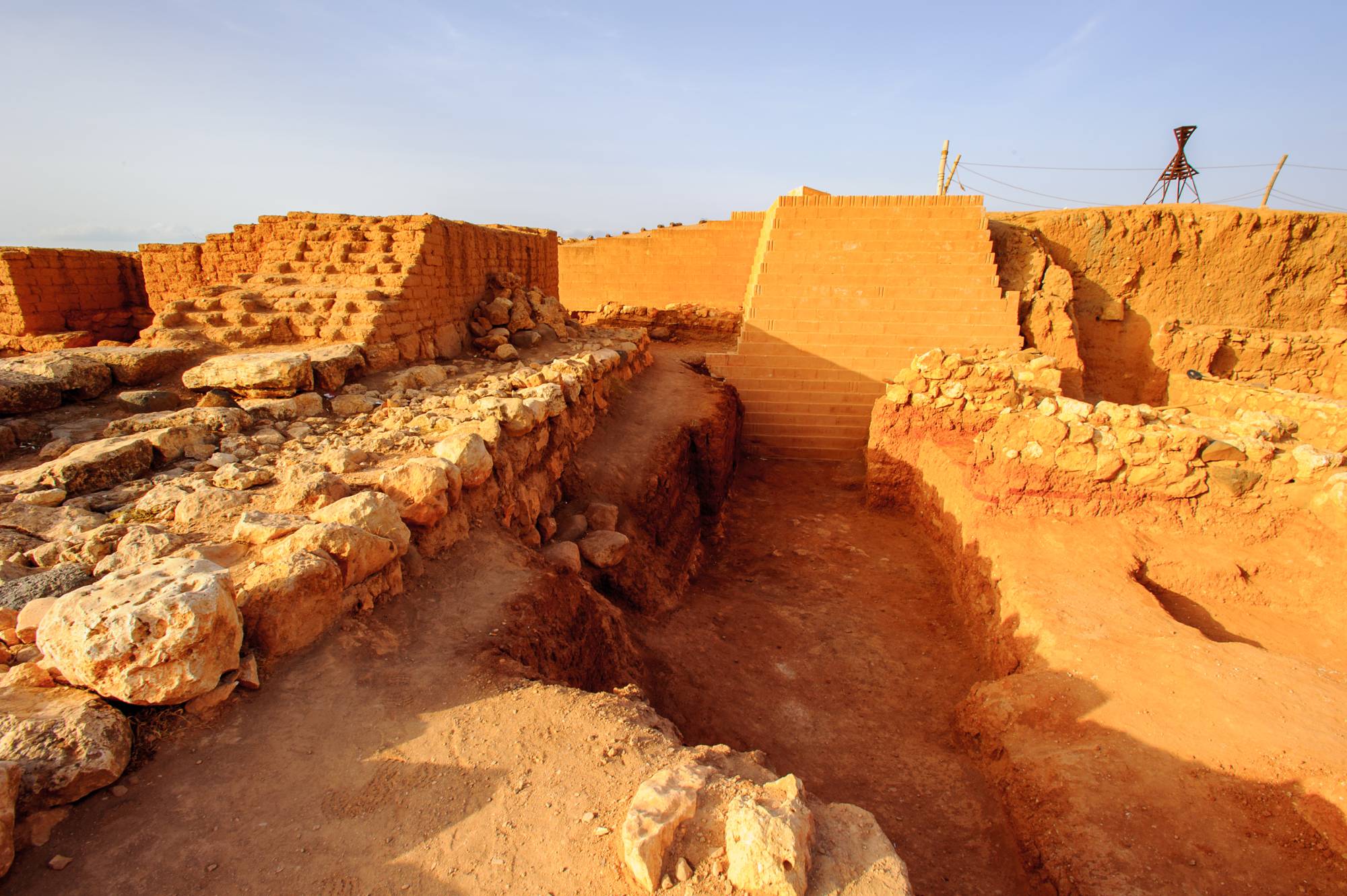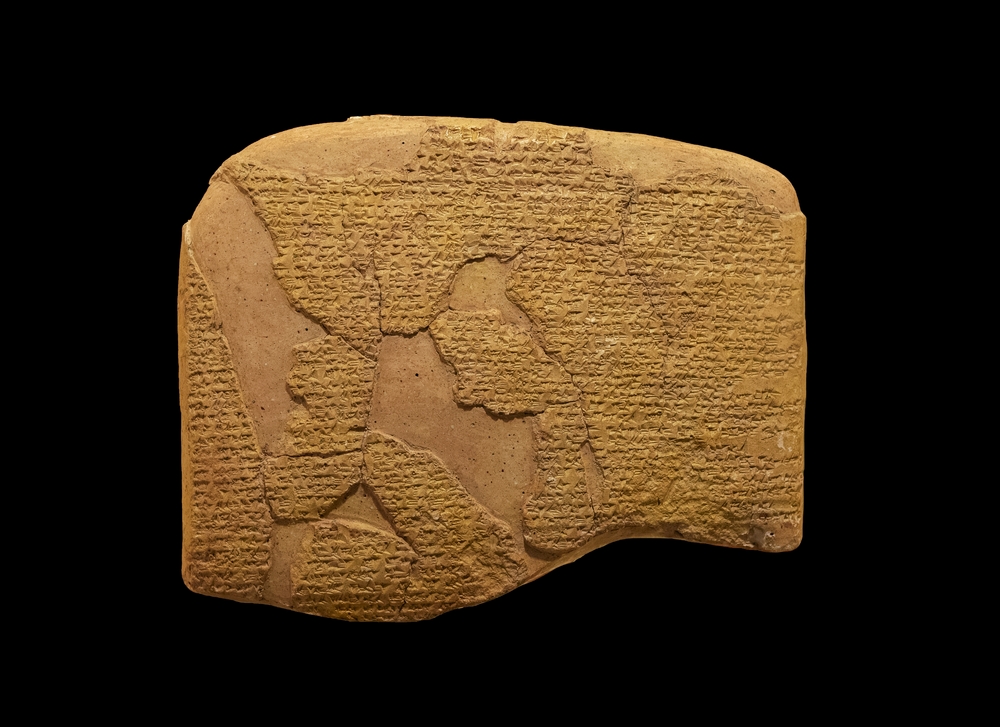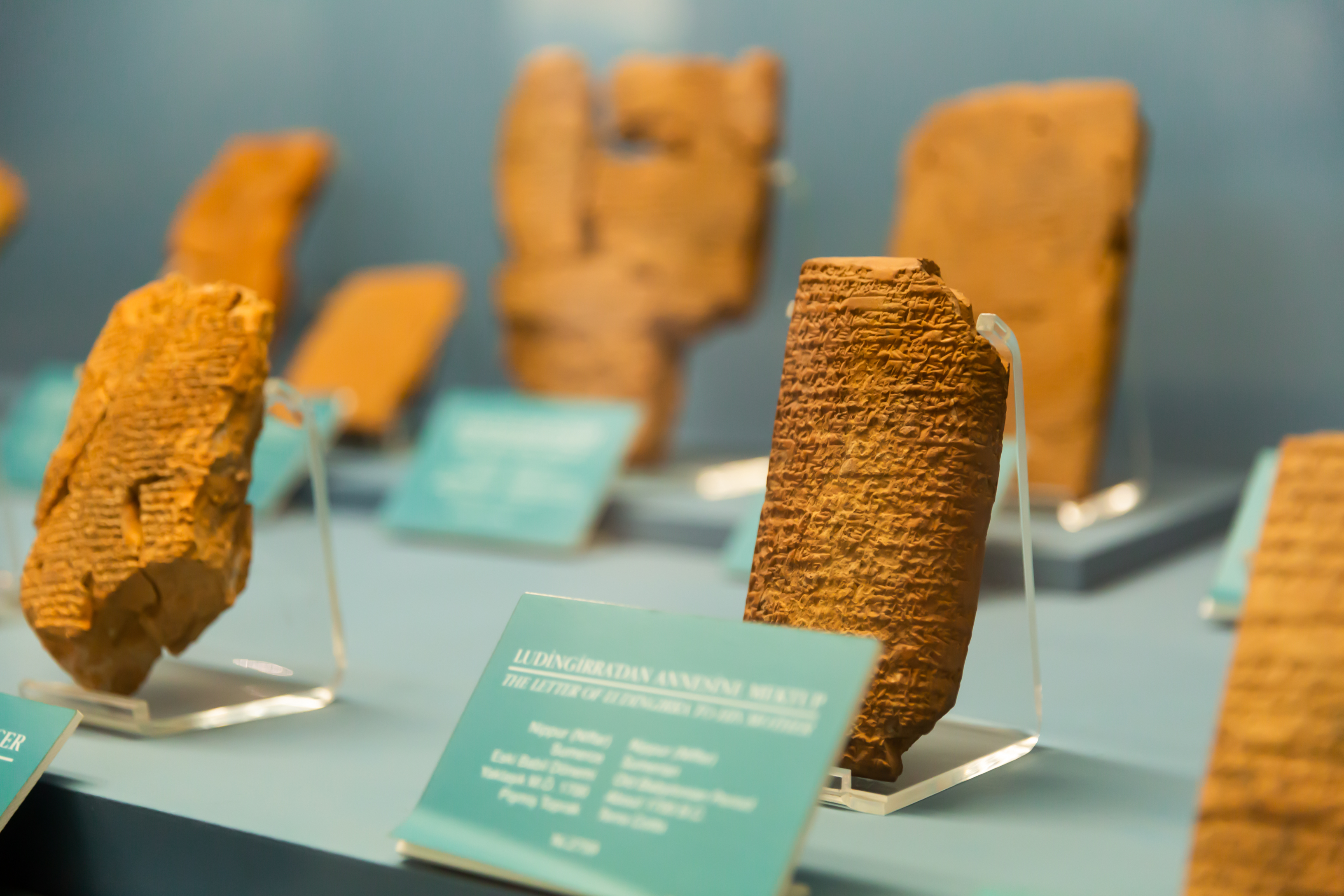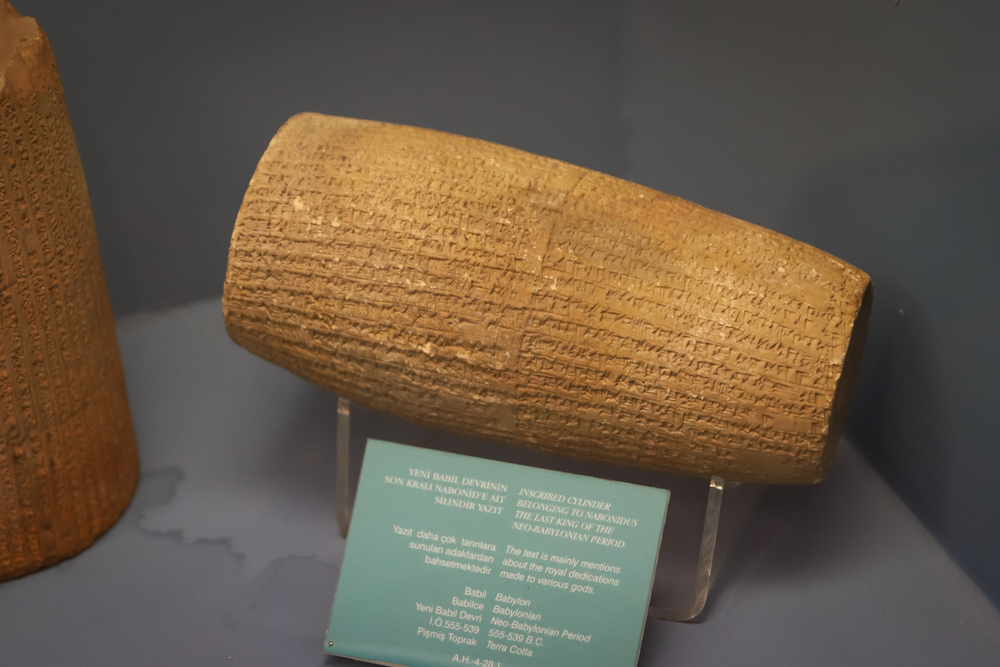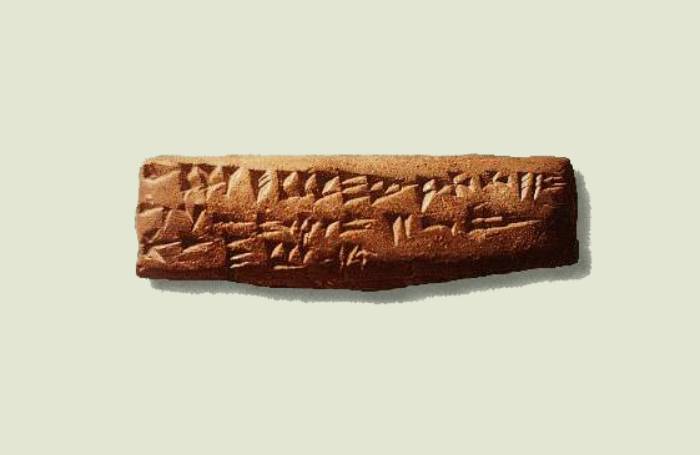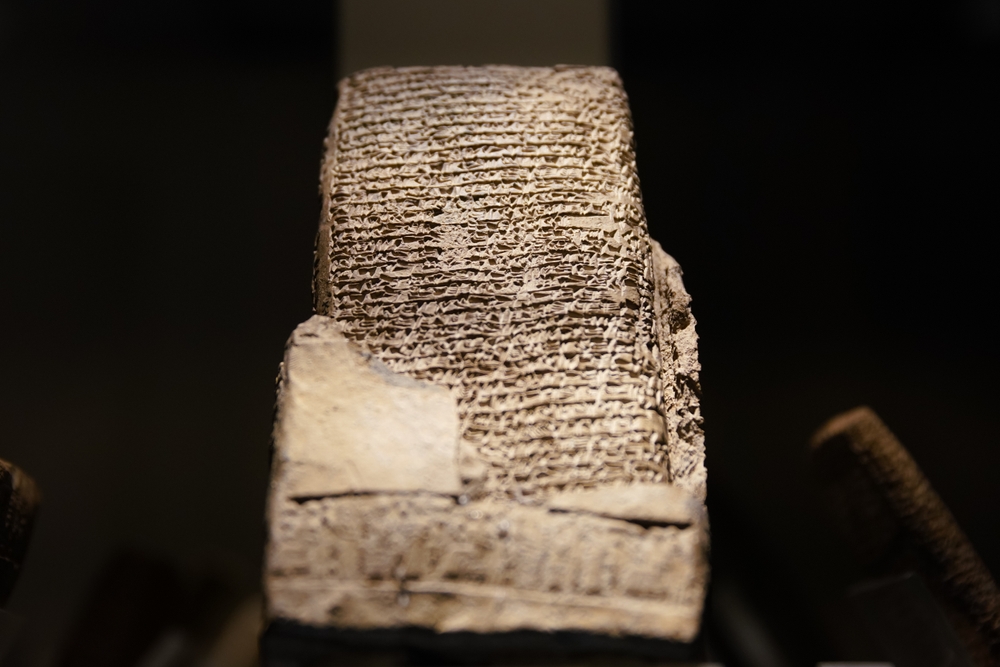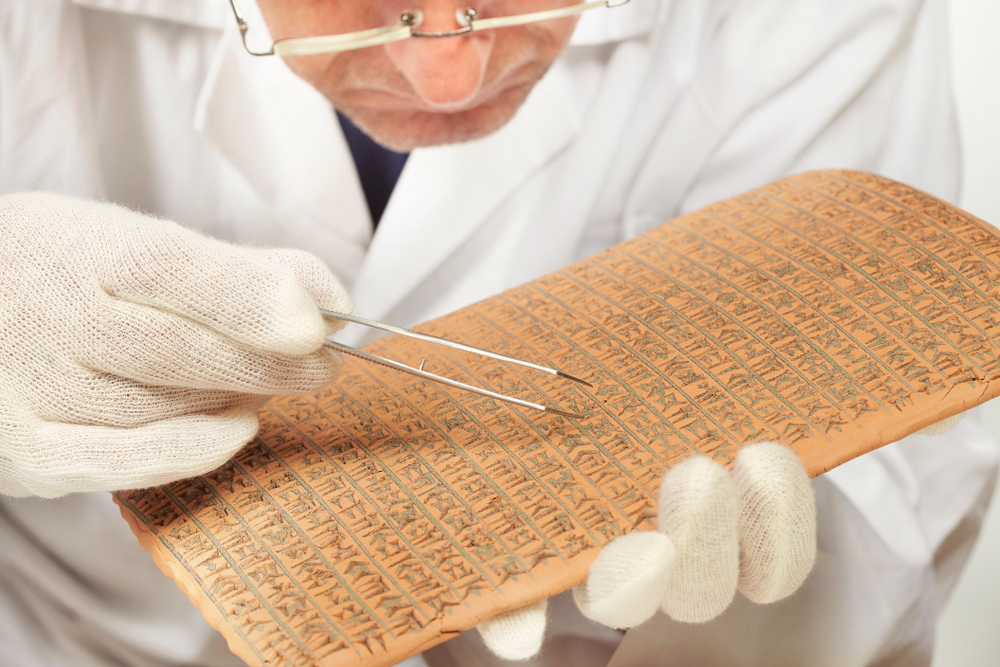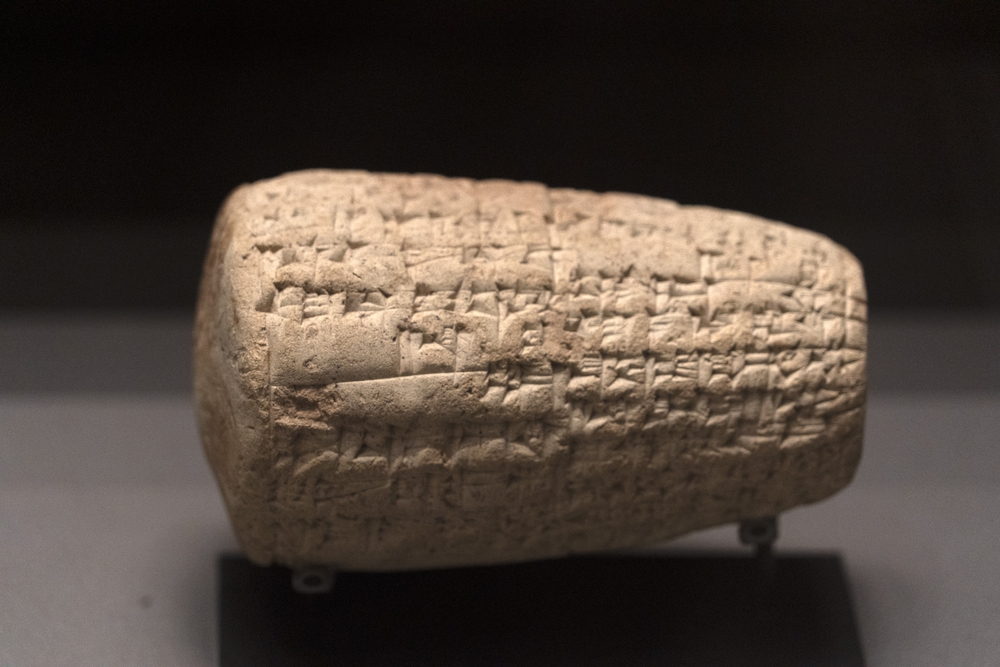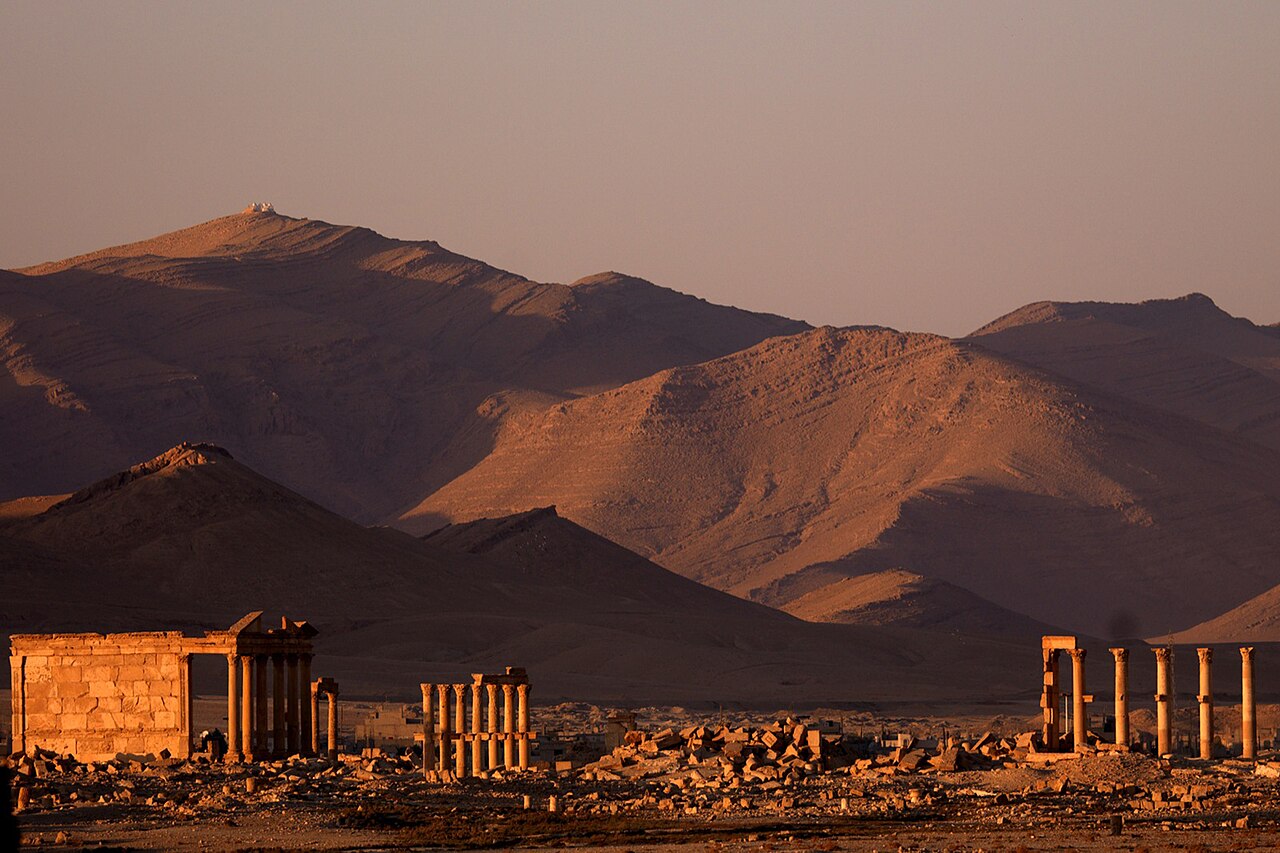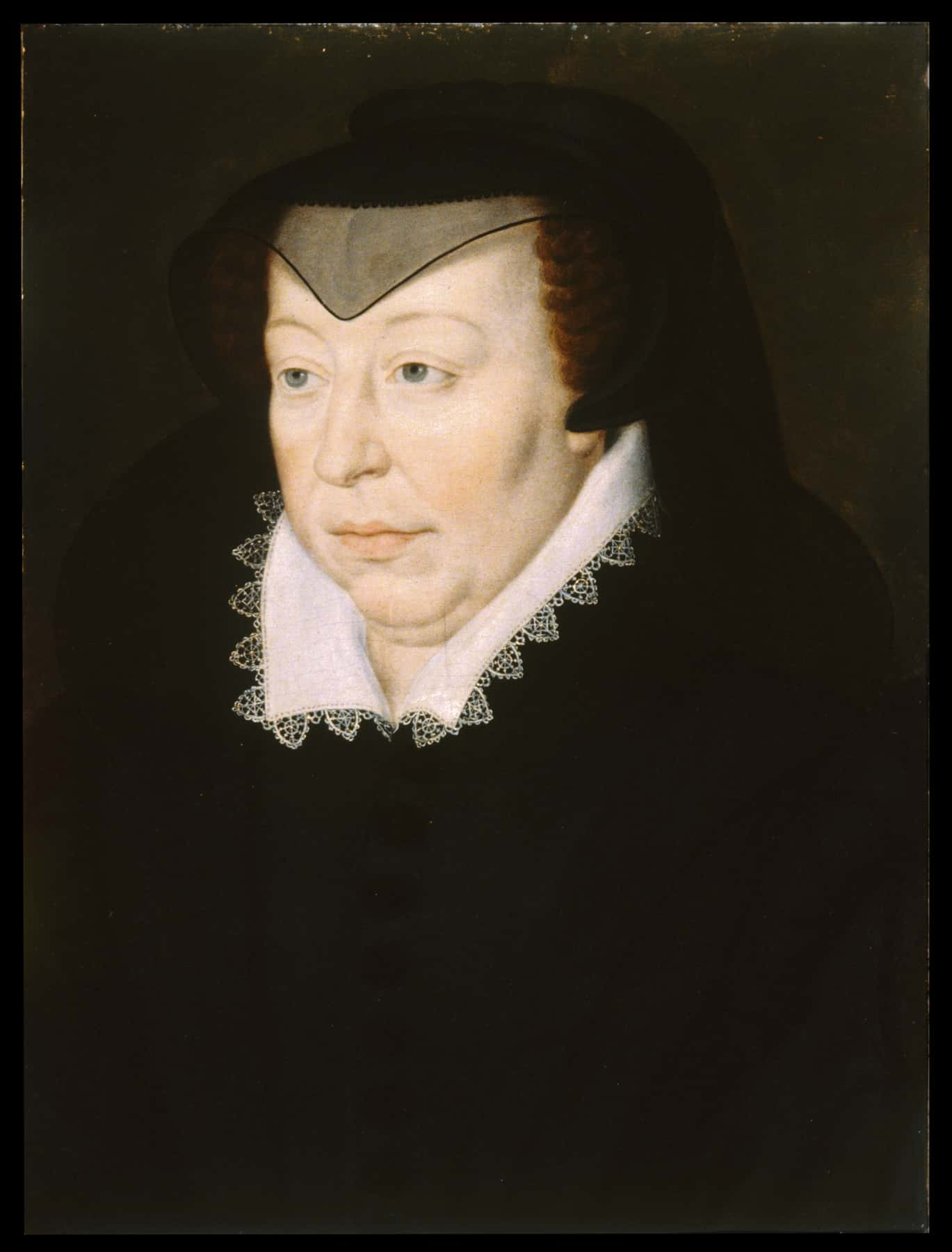One Of History’s Greatest Discoveries
The discovery of the alphabet at Umm el-Marra has sent shockwaves through historical studies. This find challenges long-held beliefs about when and where alphabetic writing began, pushing its origins earlier than previously thought. It’s a rare moment when history itself needs rewriting, and this discovery ensures that Syria is firmly placed on the map of ancient innovation.
The Archaeological Journey
Archaeologist Glenn Schwartz led a 16-year excavation at Tell Umm-el Marra from 1994 to 2010, in collaboration with a joint team from Johns Hopkins University and the Universiteit van Amsterdam. The excavation uncovered clay cylinders bearing early alphabetic inscriptions, highlighting the ingenuity of ancient societies and their remarkable advancements in written communication.
Unveiling The Elite Necropolis Of Umm El-Marra
In the heart of the Jabbul plain, archaeologists uncovered an elite necropolis at the ancient site of Umm el-Marra. This burial ground, dating back to the Early Bronze Age, featured nine stone and mud brick tombs. The sheer scale and craftsmanship of the site hint at its importance in the region's socio-political and cultural history.
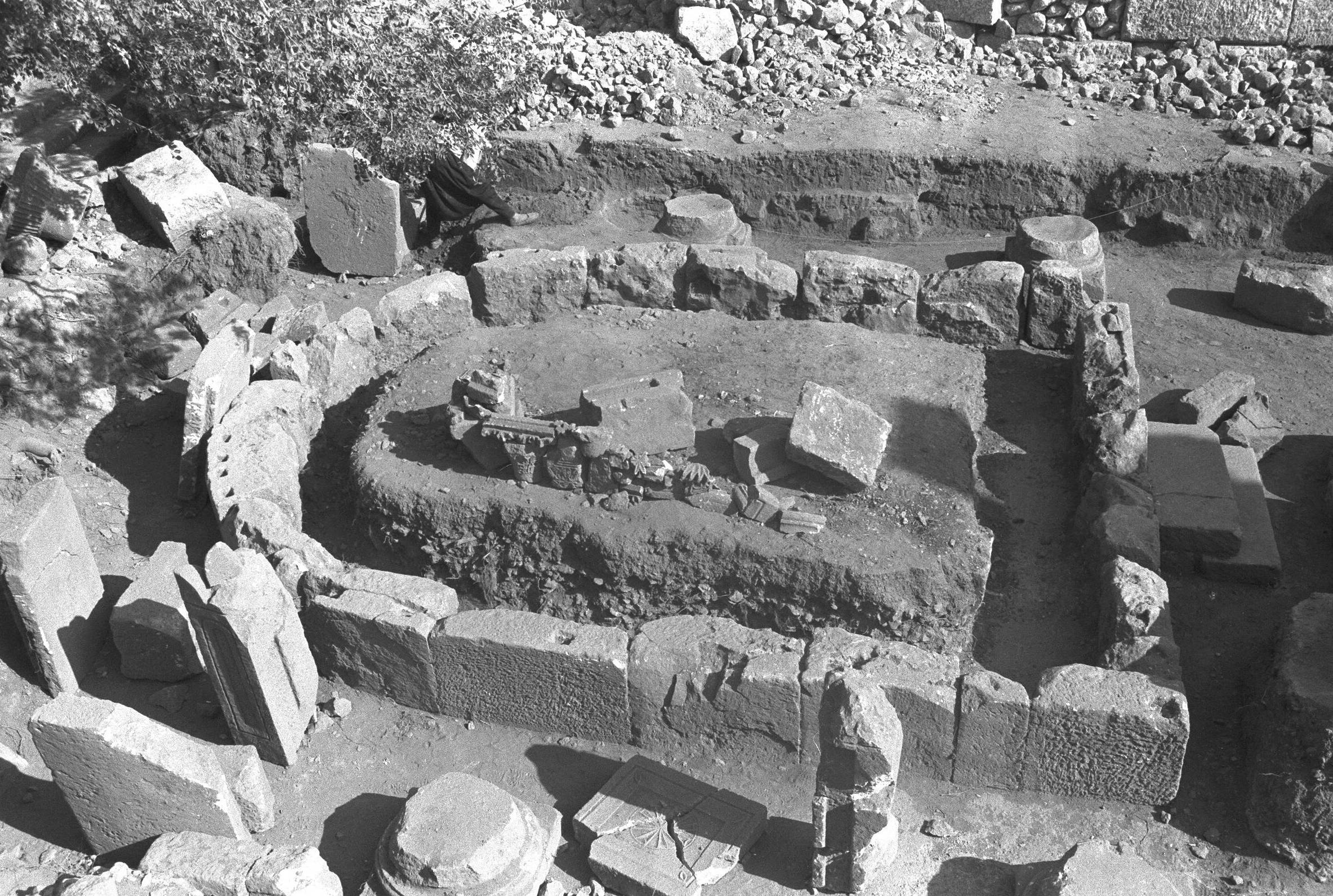 Institut Français Du Proche-Orient, Wikimedia Commons
Institut Français Du Proche-Orient, Wikimedia Commons
The Remarkable Findings In Tomb 4
Tomb 4 stood out as the most striking feature of the excavation, with six carefully layered skeletons found within. Accompanying the remains were exquisite artifacts, including gold and silver jewelry, lapis lazuli beads, and intricately crafted ceramics. These treasures paint a vivid picture of the wealth and status of those interred within.
Clay Cylinders
Amid the wealth of treasures unearthed in Tomb 4, a set of small clay cylinders quietly stood out. Just a few centimeters in size and bearing non-cuneiform inscriptions, these artifacts initially seemed out of place. Yet, their potential significance to the origins of alphabetic writing makes them some of the most intriguing items discovered.
Clay Cylinders As Early Trade Tags
Among the artifacts discovered at Tell Umm-el Marra, finger-sized clay cylinders with perforations stand out for their intriguing inscriptions. According to archaeologist Glenn Schwartz, these clay cylinders may represent names or have served as primitive tags for jars or vessels. These inscriptions could have detailed contents, origins, or ownership, showcasing early writing's role in trade and personal identification.
Proto-Sinaitic And Early Alphabetic Experiments
The new findings challenge the established narrative, suggesting that hieroglyph-derived letters were being repurposed into alphabets much earlier by civilizations in the Near East. Marks on these cylinders indicate an early attempt to simplify complex hieroglyphic systems into symbols that could represent phonemes, paving the way for the first true alphabets.
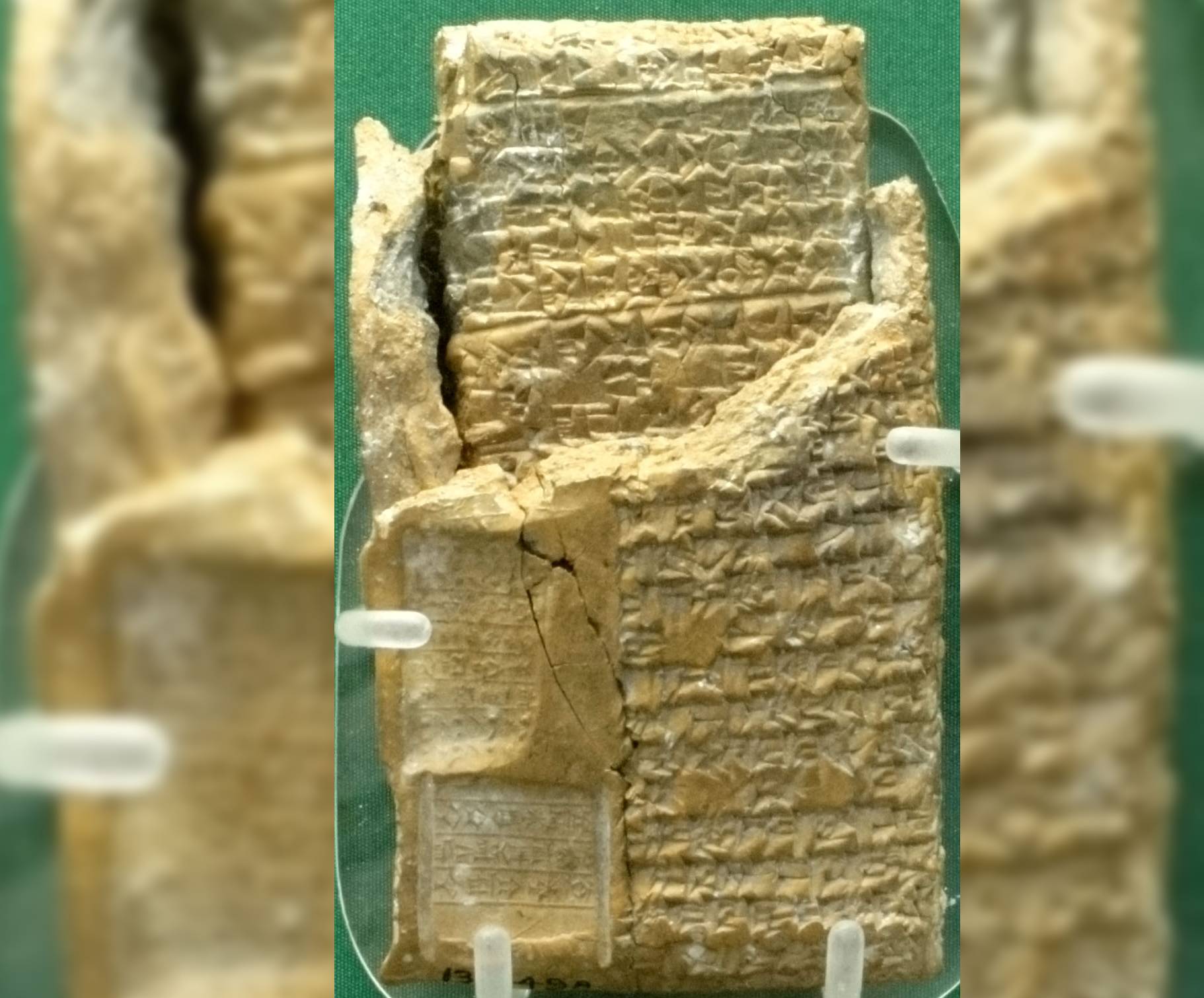 Fæ, CC BY-SA 3.0, Wikimedia Commons
Fæ, CC BY-SA 3.0, Wikimedia Commons
Trade Networks
Tell Umm-el Marra’s location at the intersection of major trade routes made it a thriving center for commerce in the Early Bronze Age. These trade networks weren’t just about goods—they were conduits for cultural exchange and innovation. The bustling economic activity likely provided the conditions for the development and spread of early alphabetic systems, as merchants and traders needed efficient ways to record and communicate information.
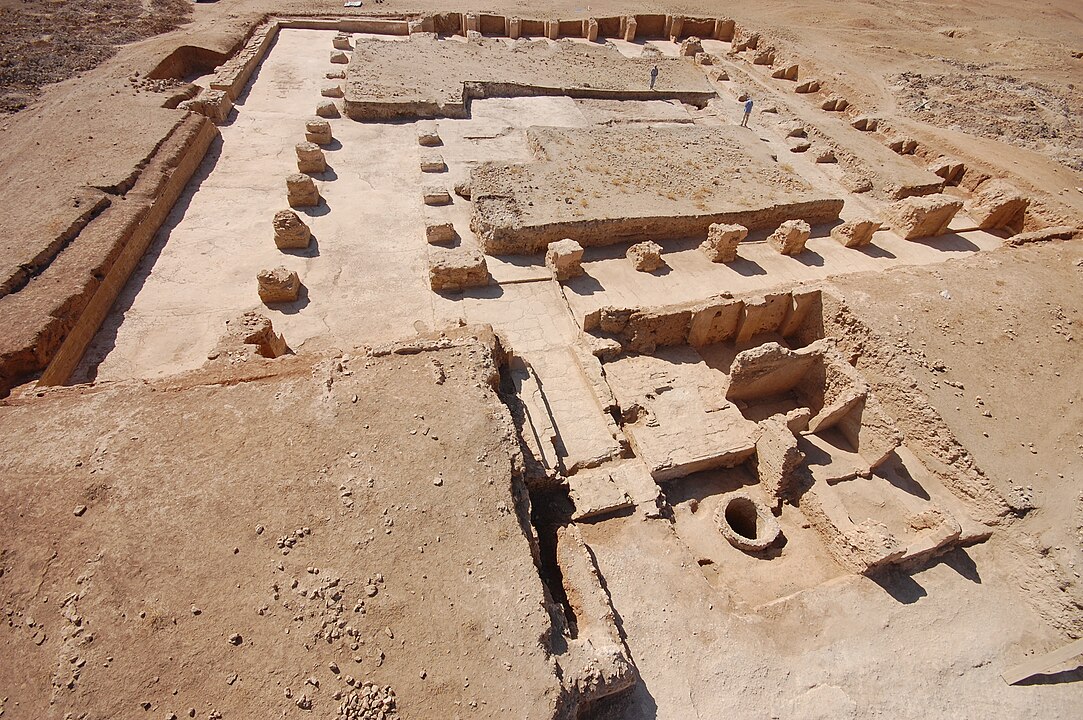 Archmdub, CC BY-SA 4.0, Wikimedia Commons
Archmdub, CC BY-SA 4.0, Wikimedia Commons
Radiocarbon Dating Confirming Early Writing
Using carbon-14 dating, researchers determined that the clay cylinders from Tell Umm-el Marra date back to around 2400 BCE. This method confirmed their age and solidified their place as some of the earliest evidence of alphabetic writing.
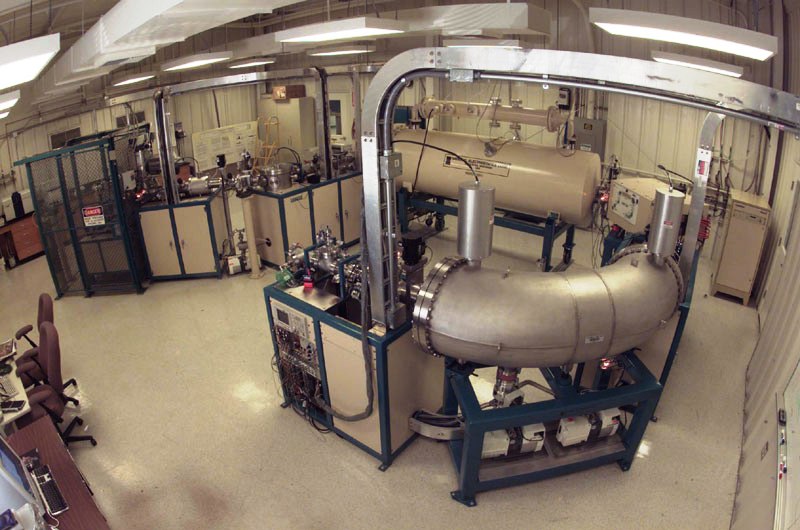 Unknown Author, Wikimedia Commons
Unknown Author, Wikimedia Commons

History's most fascinating stories and darkest secrets, delivered to your inbox daily.
Pushing The Origins Of The Alphabet 500 Years Back
The findings at Tell Umm-el Marra reveal that alphabetic writing began approximately 500 years earlier than previously thought. This discovery challenges the timeline that placed the development of the alphabet after 1900 BCE.
Syria’s Alphabetic Writing Challenges Egypt’s Primacy
The discovery of early alphabetic inscriptions in Syria disputes the long-standing belief that the alphabet originated in Egypt. Instead, it suggests that Syria may have been the birthplace of this revolutionary writing system.
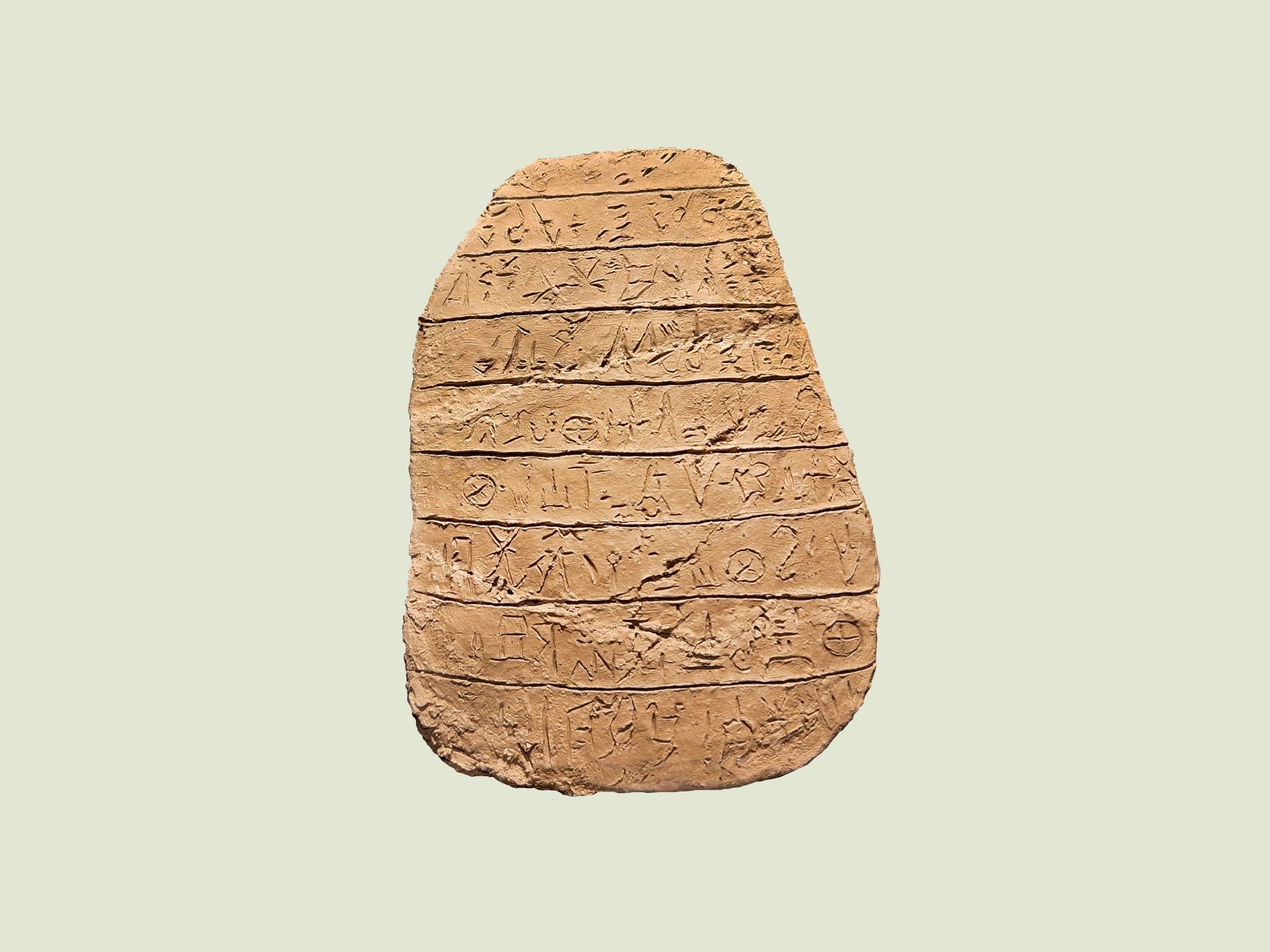 Yes058 Montree Nanta, Shutterstock
Yes058 Montree Nanta, Shutterstock
Symbols, Sounds, And The Birth Of Writing
The inscriptions on the clay cylinders represent a shift from pictographic symbols to phonemes. This innovation simplified communication and became the foundation of alphabetic systems.
The Significance Of Non-Cuneiform Inscriptions
While the clay cylinders may lack the visual appeal of the tomb's more luxurious artifacts, their inscriptions could revolutionize our understanding of early writing. Each cylinder bears between one and five graphemes, suggesting links to emerging alphabetic systems. Their simplicity belies their historical and linguistic importance.
A Pivotal Shift In Writing Evolution
Hieroglyphs, with their thousands of intricate symbols, were complex and required extensive training, limiting literacy to the elite. In contrast, alphabets condensed language into fewer characters, transforming how ideas were recorded. This leap allowed societies to express complex concepts more efficiently, marking a fundamental evolution in human communication.
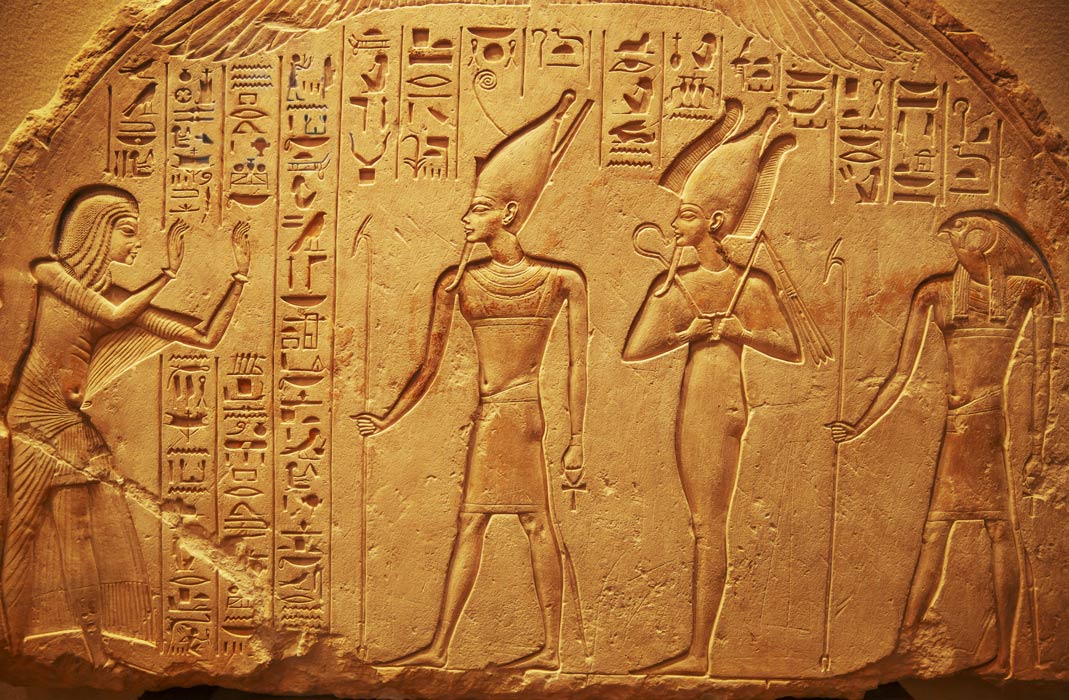 Camshea, CC BY-SA 4.0, Wikimedia Commons
Camshea, CC BY-SA 4.0, Wikimedia Commons
Catalyst For Societal Democratization
The invention of the alphabet fundamentally changed access to literacy by making writing simpler and more approachable. Unlike hieroglyphic systems that were the domain of scribes, alphabetic systems allowed more people to read and write, bridging gaps between social classes. This democratization of literacy laid the groundwork for more inclusive governance and the spread of knowledge.
The Challenges Of Understanding Early Writing
Despite their potential importance, the inscriptions on the clay cylinders remain enigmatic. Scholars are uncertain about the exact meanings of the symbols, as no comprehensive translation exists. The ongoing study of these artifacts represents both a challenge and an opportunity to unlock new insights into ancient linguistic and cultural practices.
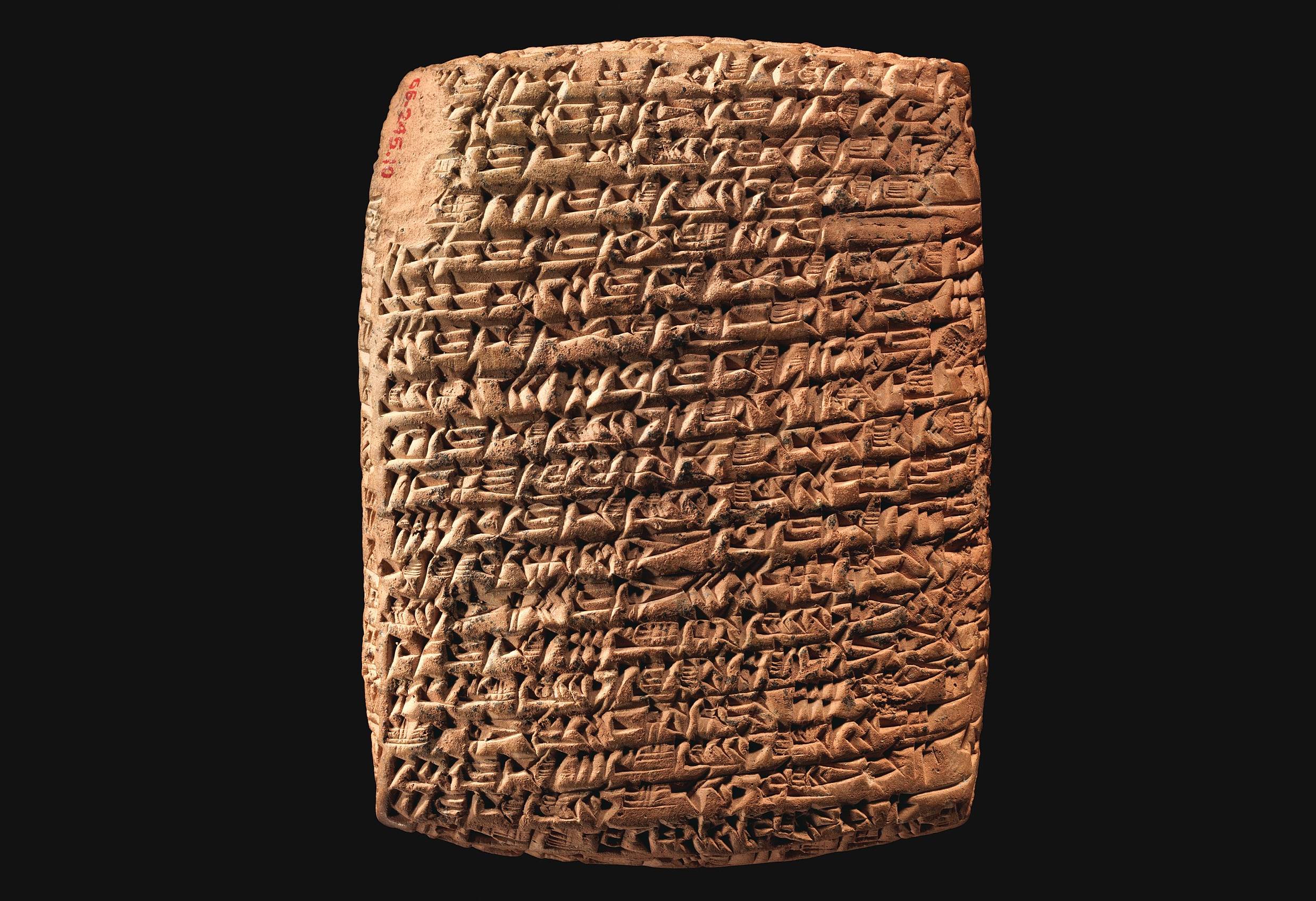 Metropolitan Museum of Art, Wikimedia Commons
Metropolitan Museum of Art, Wikimedia Commons
The Early Alphabet As A Milestone In Human Creativity
The invention of the alphabet wasn’t just a technical advance—it was a creative leap. The Syrian artifacts demonstrate how simplifying writing systems made them accessible to more people, fostering collaboration and idea-sharing. This democratization of writing sparked a wave of societal progress, empowering communities and leaving a lasting legacy that still inspires today.
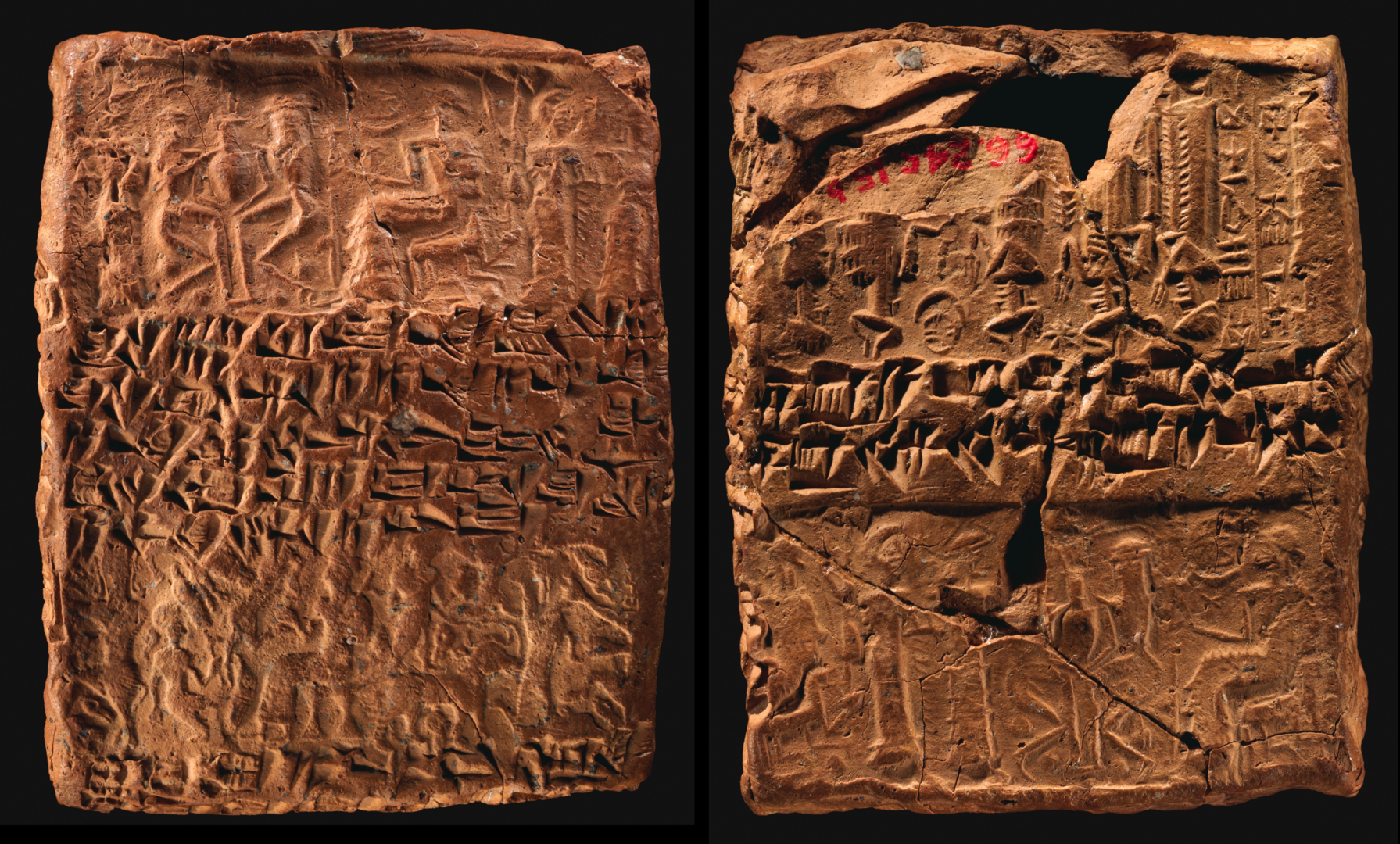 Metropolitan Museum of Art, Wikimedia Commons
Metropolitan Museum of Art, Wikimedia Commons
How Egyptian Miners Shaped Writing History
Around 1900 BCE, a group of Egyptian miners revolutionized communication by creating the first Semitic alphabet. Inspired by the hieroglyphs they encountered, they adapted the symbols into letters that suited their own language. This innovation marked a pivotal moment in writing history, simplifying the complex systems of the time into a more accessible form.
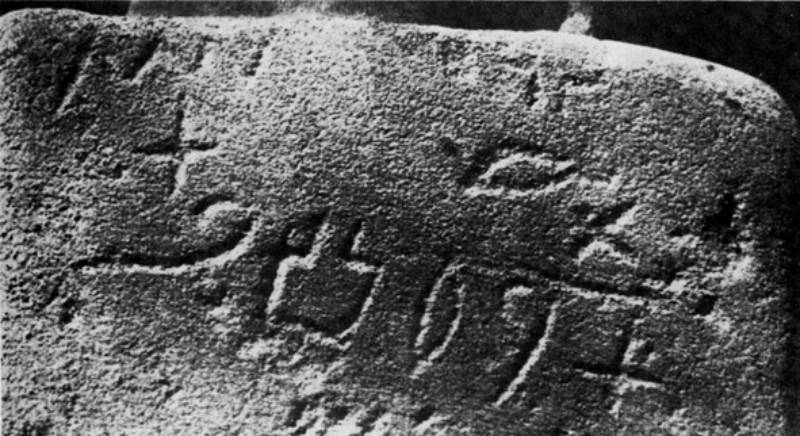 Kwamikagami, Wikimedia Commons
Kwamikagami, Wikimedia Commons
The Spread Of The Alphabet From The Levant To The Mediterranean
The Semitic alphabet, originating in the Levant around 1300 BCE, began its journey across the Mediterranean. This system evolved as it spread, influencing the development of both the Greek and Latin alphabets. Its wide adoption highlights the transformative power of the alphabet in connecting diverse cultures and advancing written communication.
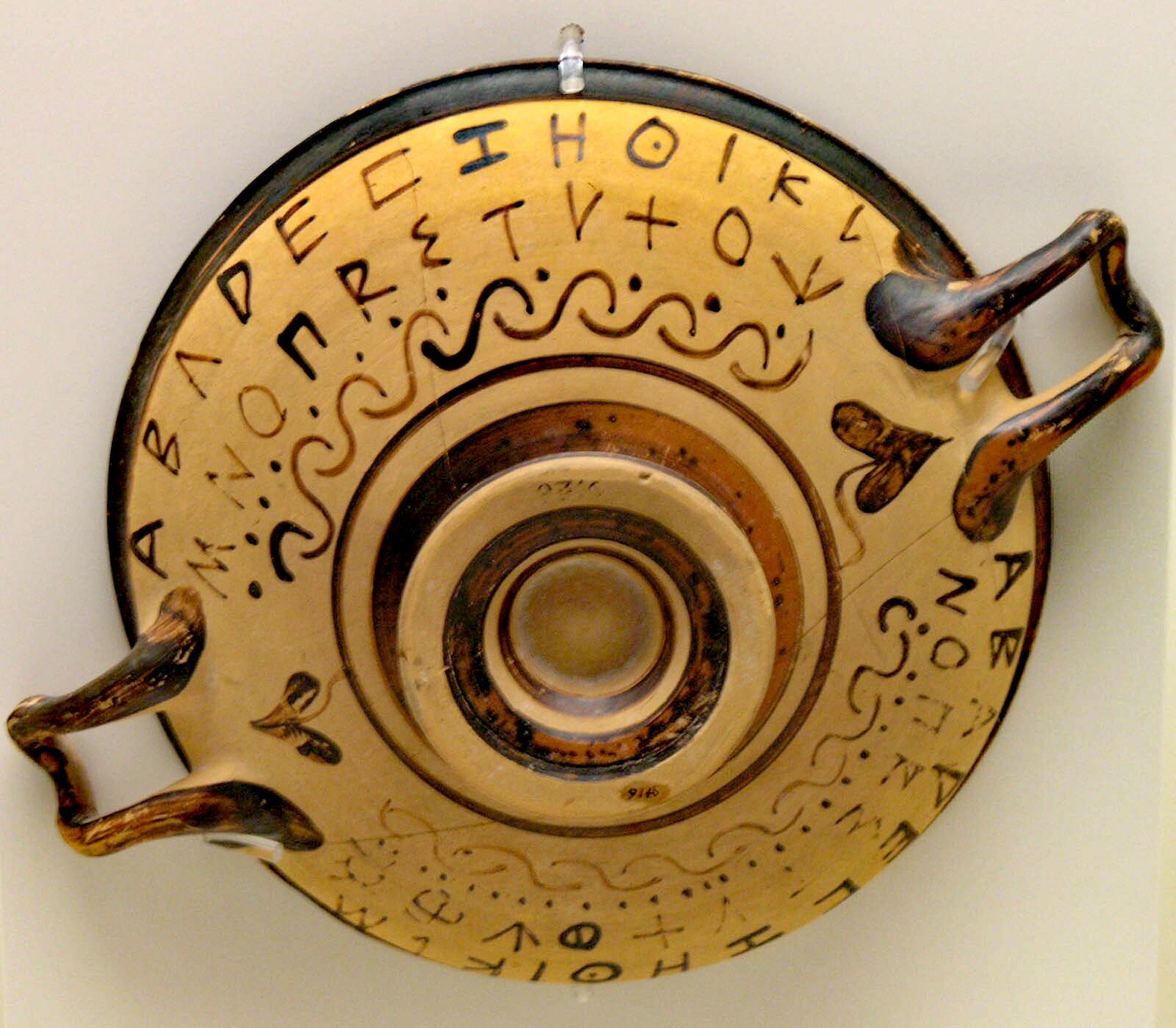 National Archaeological Museum of Athens, CC BY-SA 3.0, Wikimedia Commons
National Archaeological Museum of Athens, CC BY-SA 3.0, Wikimedia Commons
Can More Discoveries Reshape Writing History Again?
Scholars speculate that further excavations in Syria’s rich archaeological sites could unearth even more transformative evidence. These finds continue to encourage a broader perspective on how writing systems evolved across interconnected ancient societies.


